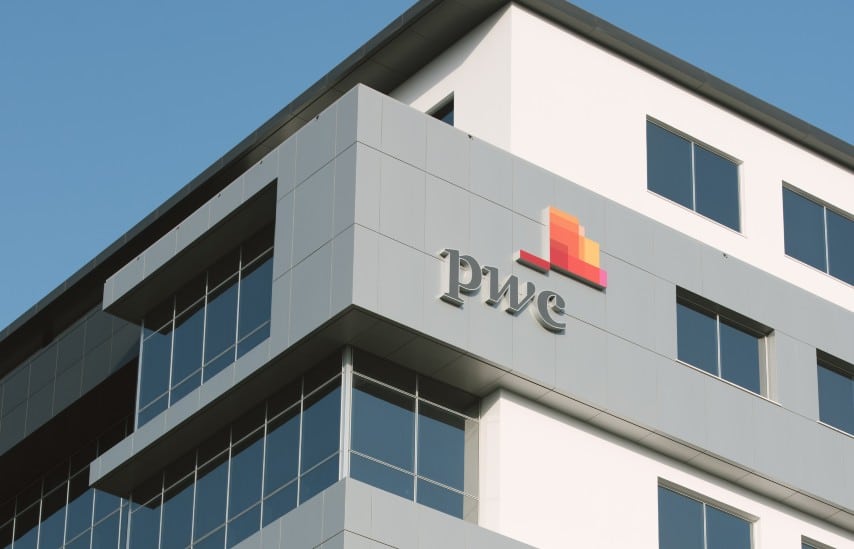Daily GenAI users report higher productivity, job security and pay, according to PwC’s 2025 Global Workforce Hopes & Fears Survey, even as a third of the global workforce regularly feels overwhelmed.
The survey, which interviewed nearly 50,000 workers across 48 major economies and 28 sectors, was circulated locally on Friday by PwC Cyprus.
It showed that daily users saw clear gains over the past year, with 92 per cent reporting higher productivity compared to 58 per cent of infrequent users.
According to the findings, job security perceptions also diverged sharply (58 per cent v 36 per cent), while 52 per cent of daily users saw salary improvements against 32 per cent among those using GenAI rarely. They were, moreover, more optimistic across every benchmark surveyed.
However, as mentioned in the report, frequent usage remains low. While 54 per cent of workers say they have used AI for their role at some point in the past 12 months, only 14 per cent are using GenAI daily, a marginal rise from 12 per cent in 2024.
An even smaller share, just 6 per cent, say they use agentic AI every day.
At the same time, the survey indicates that organisations still have more to do. Only 51 per cent of non-managers feel they have the learning and development opportunities they need, compared to 66 per cent of managers and 72 per cent of senior executives.
Pete Brown, Global Workforce Leader at PwC, said employees using AI every day are already seeing the benefits, “higher productivity, greater job security and better pay.”
He added that to scale those gains, businesses must move beyond training, since work needs to be redesigned and “the human–machine partnership redefined.”
As he noted, getting this right will determine whether GenAI becomes a genuine engine of growth and inclusion, or a missed opportunity.
The survey also shows that daily users feel far more confident about the next 12 months. While 69 per cent of them feel optimistic about the future of their roles, the figure drops to 51 per cent among infrequent users and 44 per cent among non-users.
Even so, utilisation rates remain modest, pointing to significant untapped potential.
Meanwhile, the report points to mounting financial strain in the global workforce. Although 70 per cent of respondents feel satisfied with their work at least once a week, only 53 per cent feel strongly optimistic about the future of their roles.
Non-managers trail senior executives by a wide margin (43 per cent v 72 per cent). Trust in leadership is similarly uneven, with only 64 per cent saying they understand their organisation’s goals, a percentage that falls further among non-managers and Gen Z.
Financial pressure is intensifying. As noted in the survey, the share of workers facing financial strain has risen to 55 per cent, up from 52 per cent in 2024.
Just over one-third (35 per cent) feel overwhelmed at least once a week, rising to 42 per cent among Gen Z. Fewer than half (43 per cent) received a pay rise in the last year, and only 17 per cent received a promotion.
In line with a tougher economic backdrop, the intention to seek pay rises and promotions has declined year on year, falling from 43 per cent to 37 per cent and from 35 per cent to 32 per cent respectively.
Still, the survey suggests that organisations securing strong alignment between leadership and employees stand to gain considerably. Workers who feel strongly aligned with leadership goals are 78 per cent more motivated than those showing the least alignment.







Click here to change your cookie preferences